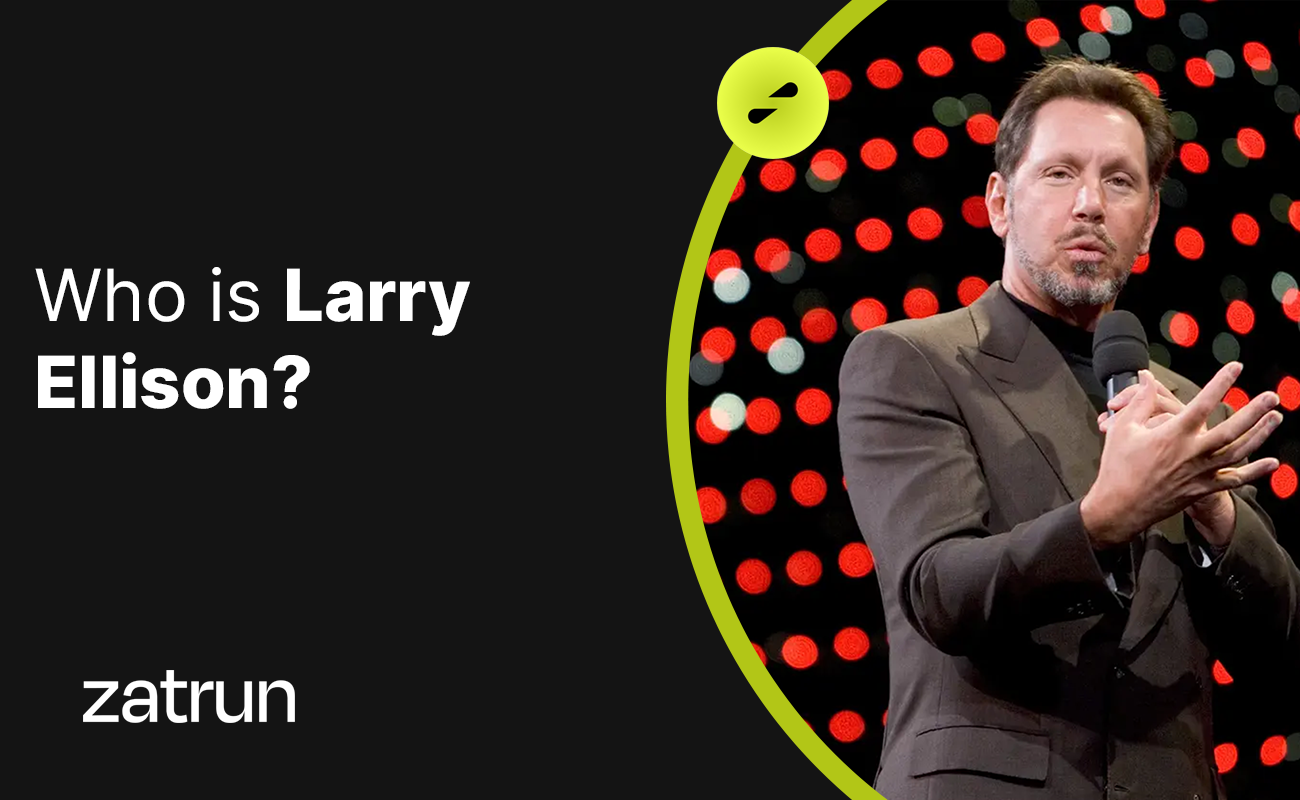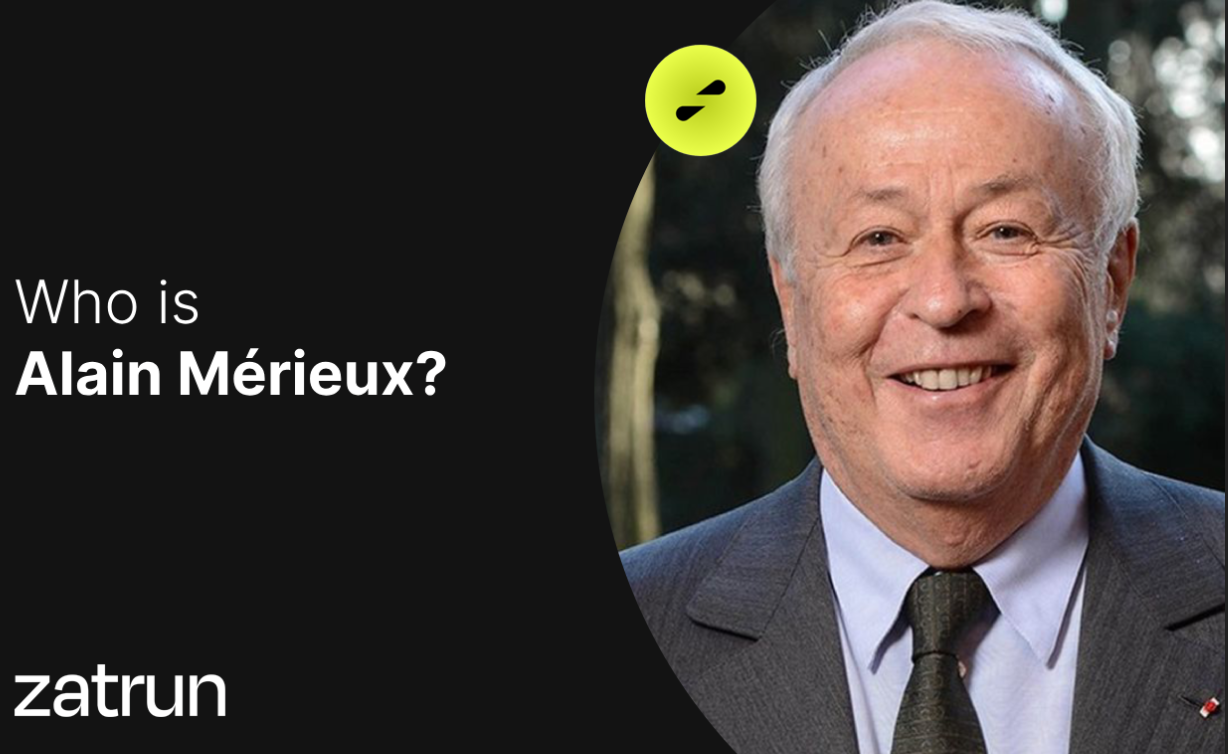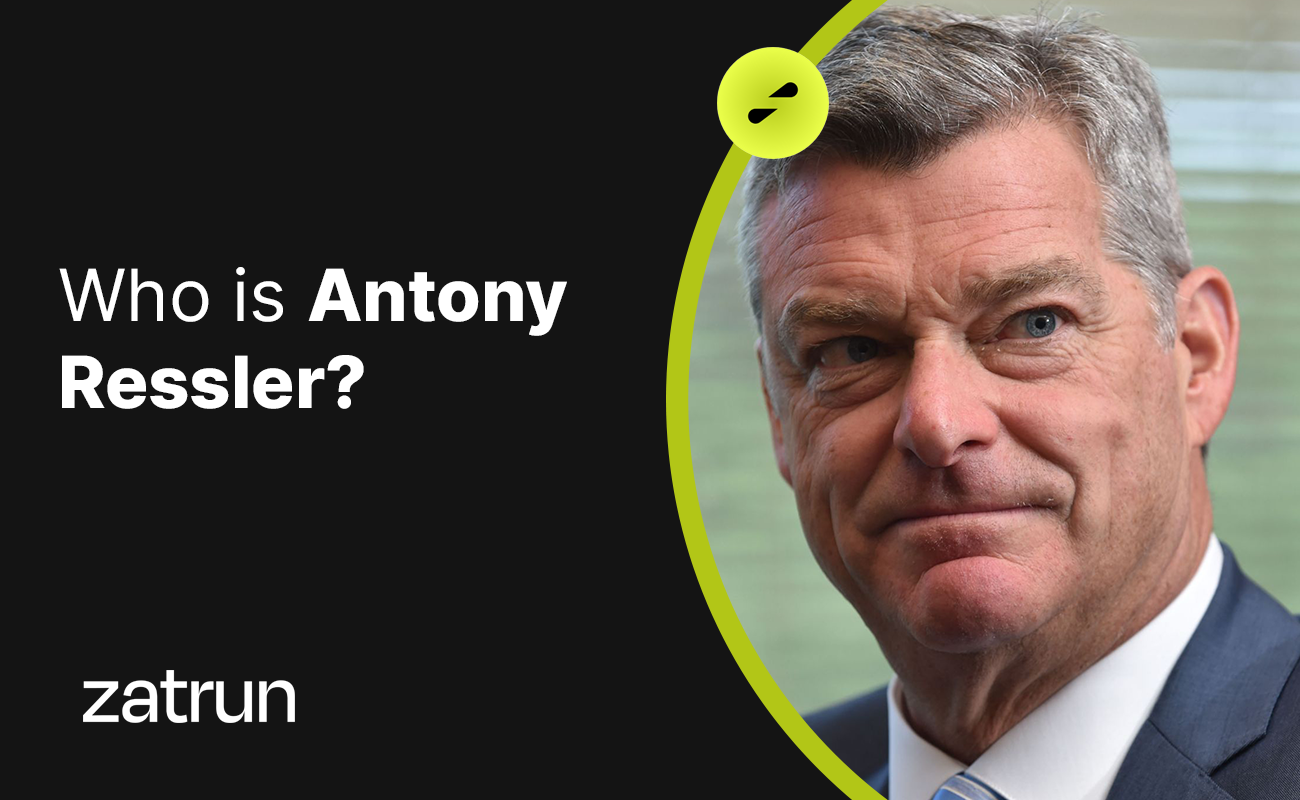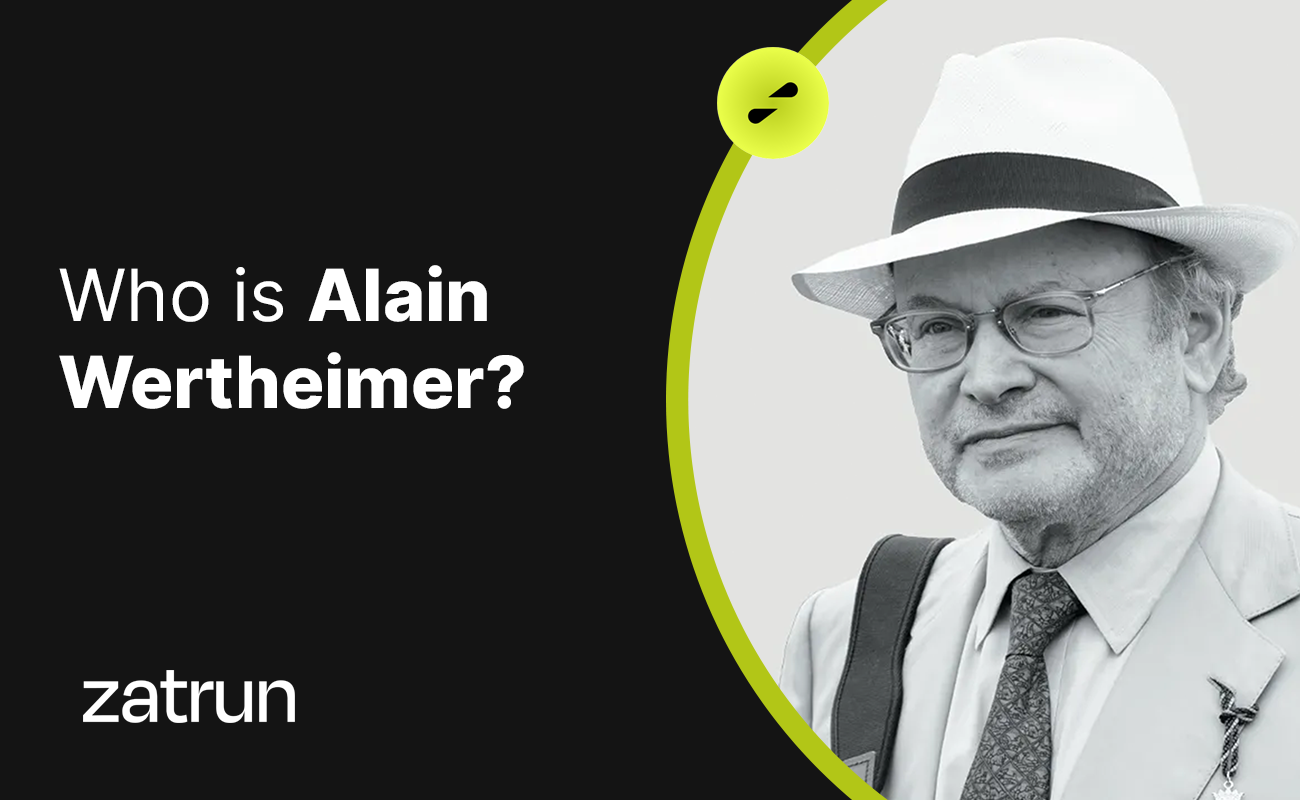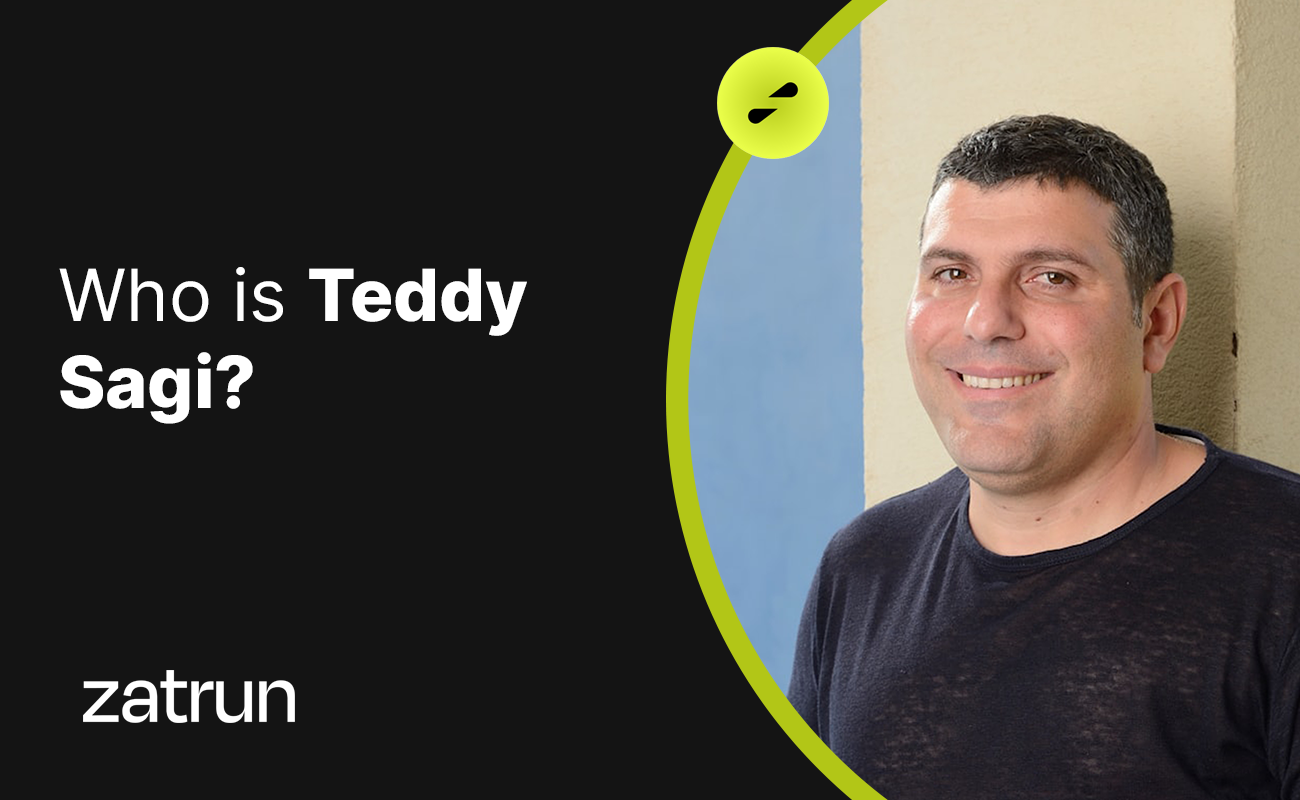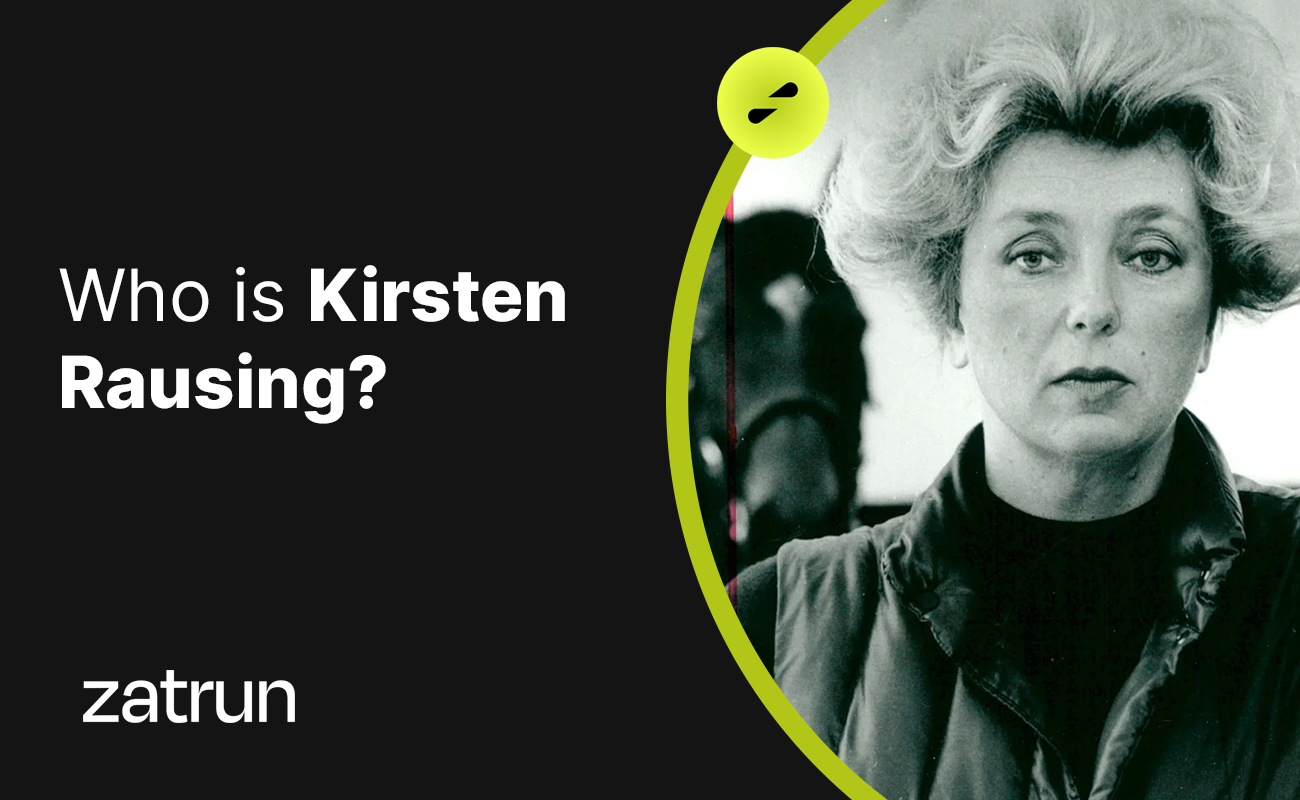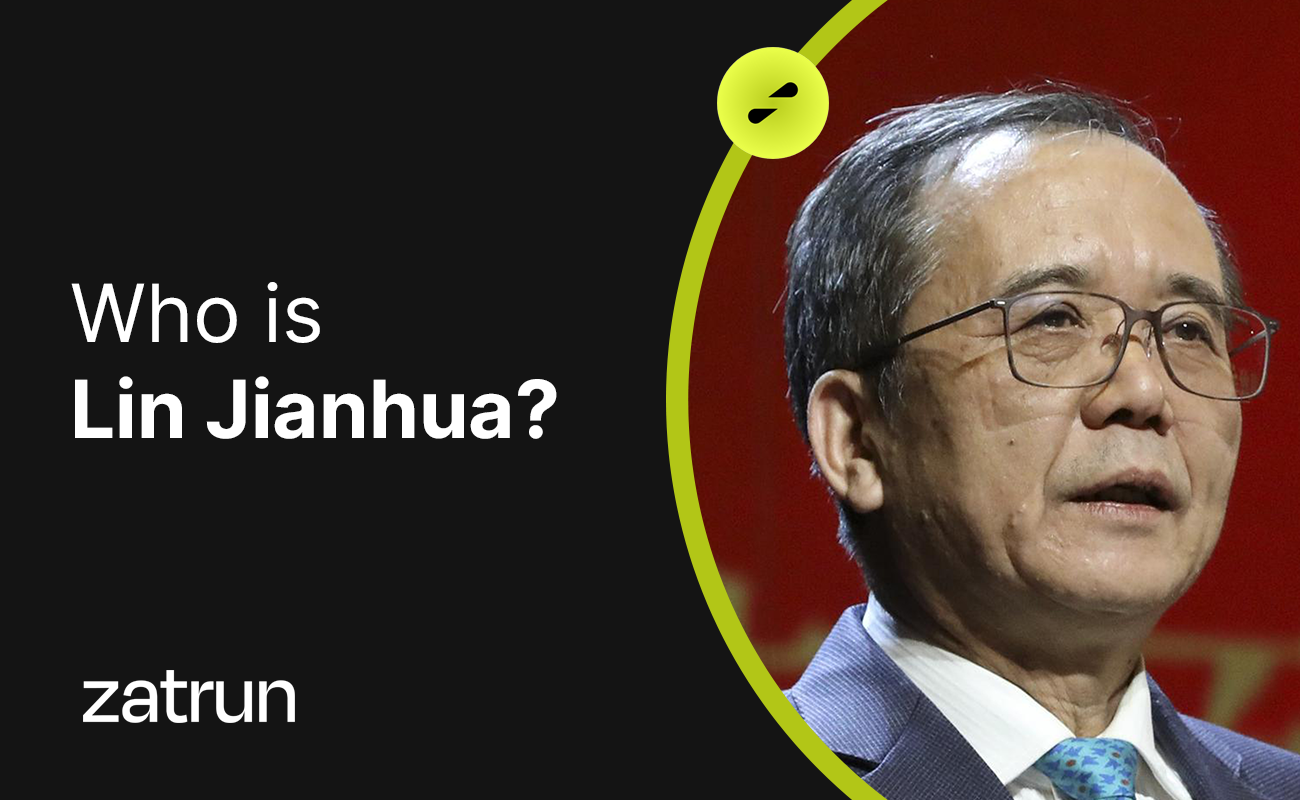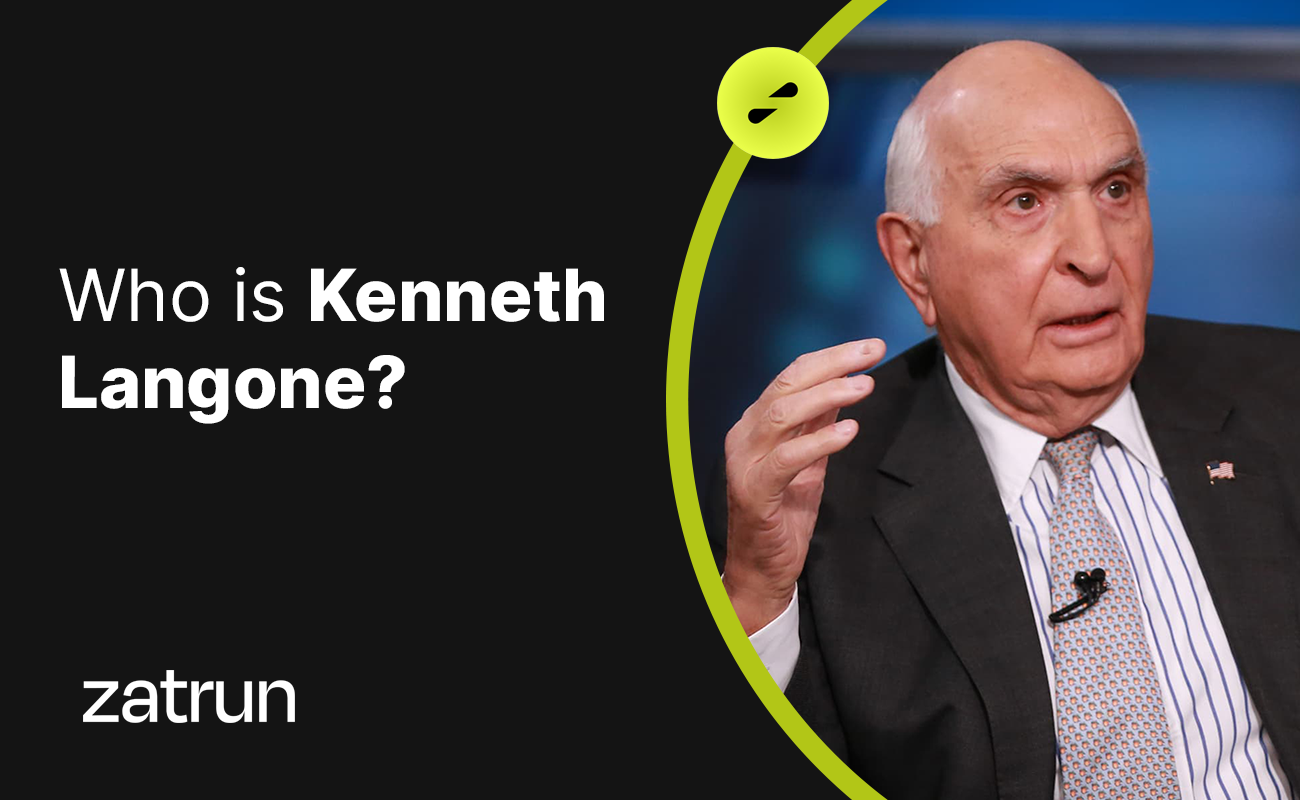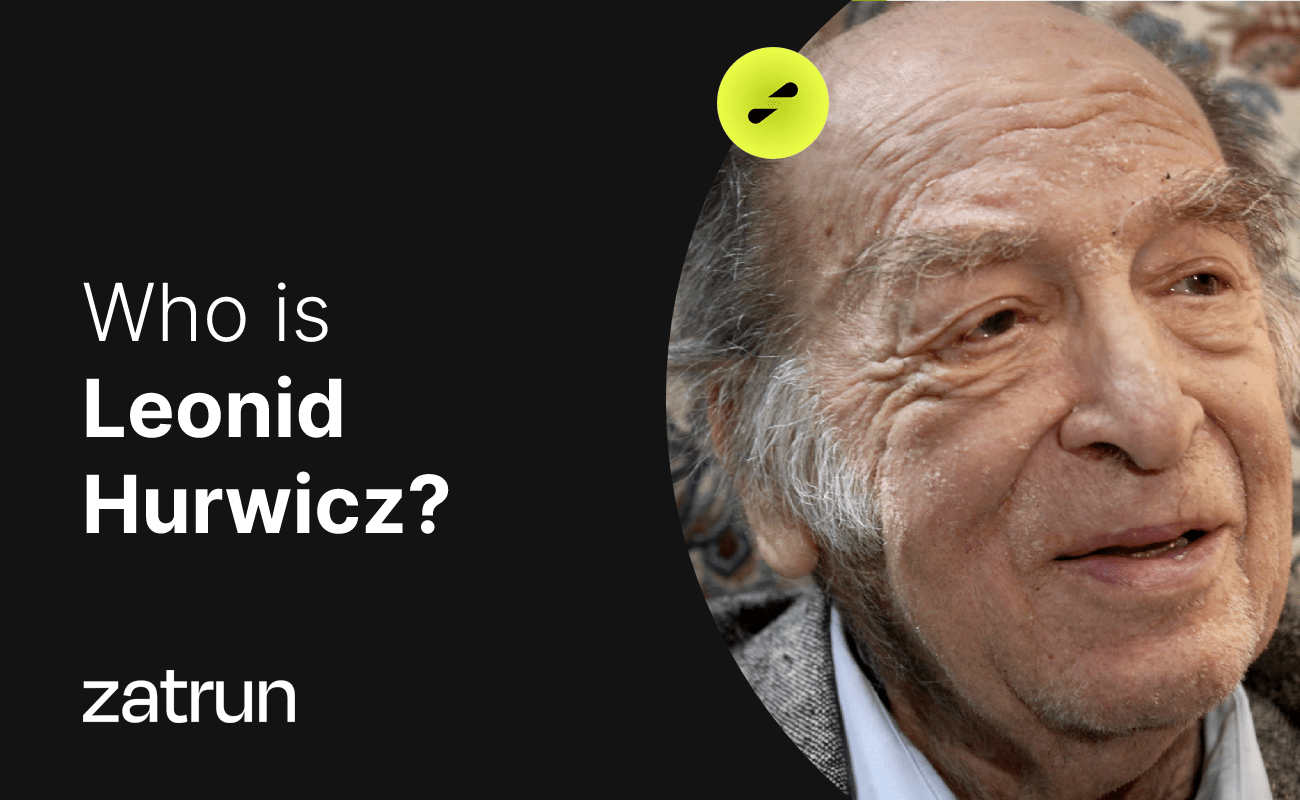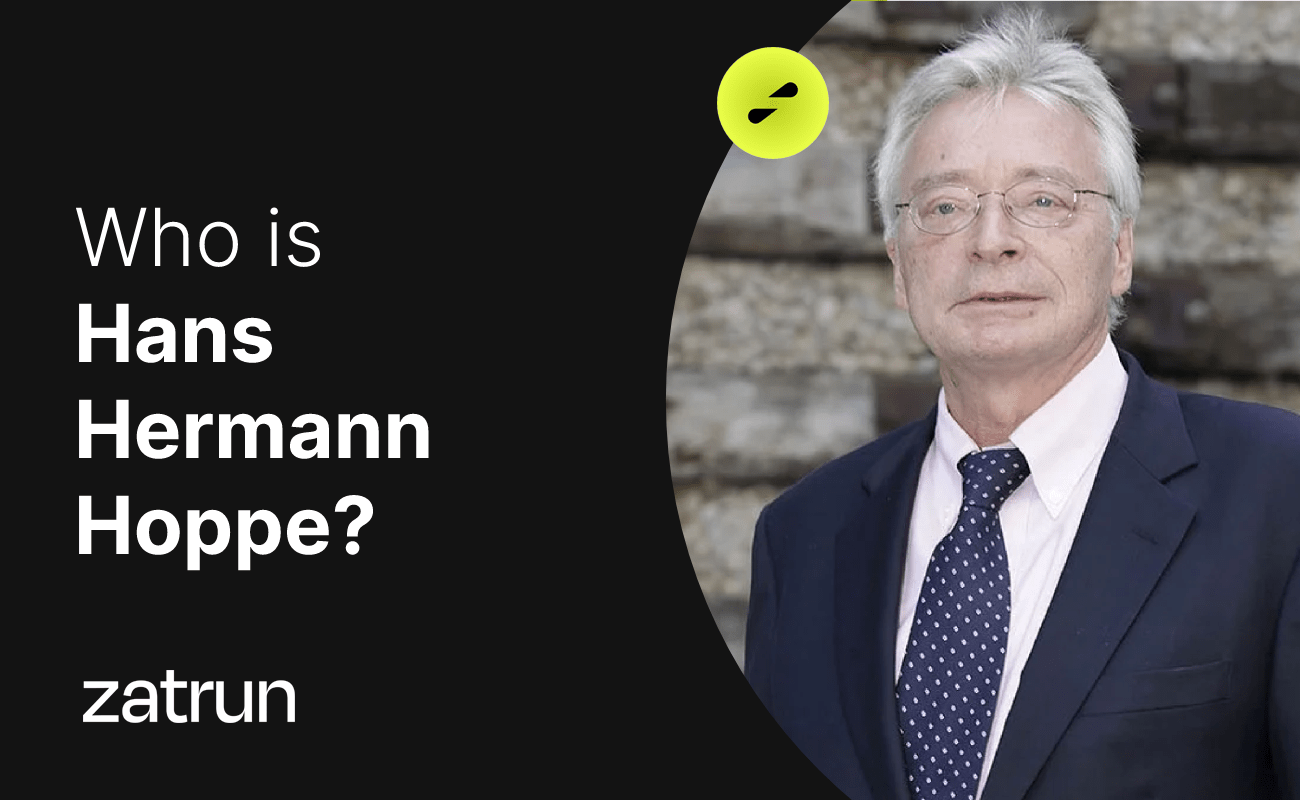In this article, we at Zatrun.com will delve into everything you need to know about Daniel Kahneman, a renowned psychologist and economist that our readers have been curious about. From his background to his contributions to the field of behavioral economics, we will provide a detailed overview of Daniel Kahneman.

Who is Daniel Kahneman?
Daniel Kahneman is an Israeli-American psychologist and economist who, along with Vernon L. Smith, was awarded the Nobel Memorial Prize in Economic Sciences in 2002. He is recognized for his work in judgment and decision-making psychology and behavioral economics. Together with Amos Tversky and others, Kahneman developed the mental foundations of common human errors stemming from heuristics and biases, as well as prospect theory.
A Nobel Prize-winning psychologist and economist, Daniel Kahneman was named one of the world’s most important thinkers by Foreign Policy magazine in 2011. The same year, his bestselling book “Thinking, Fast and Slow” was published, summarizing his work. In 2015, The Economist listed him as the seventh most influential economist in the world.
Kahneman is a retired psychology and national and international affairs professor at Princeton University’s Princeton School of Public and International Affairs. He is also a founding partner of the business and philanthropy consulting firm TGG Group. He was married to cognitive psychologist and Fellow of the Royal Society Anne Treisman until her death in 2018.
Education Life:
In 1954, Daniel Kahneman received his bachelor’s degrees in psychology and mathematics from the Hebrew University. He served in the Israeli Defense Forces’ psychology department and as an infantry soldier, where one of his duties was to evaluate candidates for command training and develop tests and measurements for this purpose. Kahneman describes his military service as a “very important period” of his life.
In 1958, he went to the United States to obtain a PhD in psychology from the University of California, Berkeley. His 1961 thesis, advised by Susan Ervin, examined the relationships between adjectives and semantic differences and allowed him to engage in the analysis of complex correlational structures and FORTRAN programming.

Cognitive Psychology:
Kahneman began his academic career as a psychology instructor at Hebrew University in 1961 and was promoted to lecturer in 1966. His early work focused on visual perception and attention. For example, his first publication in the prestigious science journal Science was titled “Pupil Diameter and Load on Memory” (Kahneman & Beatty, 1966).
During this period, Kahneman was a visiting scientist at the University of Michigan (1965-1966) and a visiting scientist at the Applied Psychology Research Unit at Cambridge (summers of 1968/1969). He was also a specialist in the Center for Cognitive Studies at Harvard University as a Mental Psychology lecturer in 1966/1967.
Behavioral Economics:
In the academic year of 1977-1978, Kahneman and Tversky were experts at the Center for Advanced Study in the Behavioral Sciences at Stanford University. In the same year, a young economist named Richard Thaler was a visiting professor at the National Bureau of Economic Research branch of Stanford University. According to Kahneman, “[Thaler and I] became friends quickly, and we’ve been very influenced by each other since then.” Building on the prospect theory and the works of Kahneman and Tversky, Thaler published an article in 1980 titled “Toward a Positive Theory of Consumer Choice,” which Kahneman called the “foundational text of behavioral economics.”
Kahneman and Tversky heavily contributed to the development of this new approach to economics, and their involvement reduced the intensity and exclusivity of their previous collaboration. According to Kahneman, the partnership had “run its course” in the early 1980s but they tried to revive it. Factors included Tversky receiving credit outside the partnership for their output, and a decrease in generosity between Tversky and Kahneman. Tversky would continue to publish with Kahneman until the end of his life, but the period of almost exclusively publishing with Tversky ended in 1983 when Kahneman published two articles with Anne Treisman, his wife since 1978.


